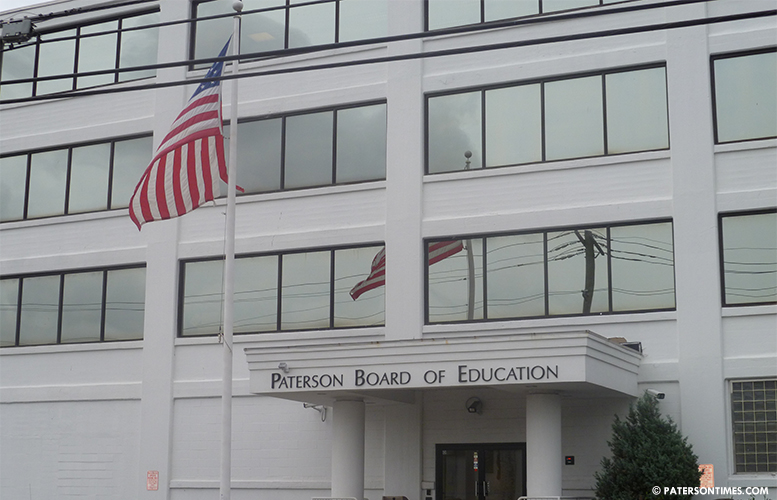School district has a weak guidance program, finds study
By Jayed Rahman
Published: April 10, 2014

The city’s public school district has an inefficient guidance program, particularly in the middle and elementary school level with one counselor assigned to three different schools — in some cases — to provide guidance to more than 700 students, according to a new study conducted by the district.
“You have a weak system, weak systems are hard to support, they’re hard to be successful, and they tend to produce a lot of activities that aren’t worth it,” said William Librera, president of West Hudson Associates, a consultancy, which completed the study.
Elementary schools
The city’s elementary school counselors are saddled with having to handle a large number of students per a week, according to the study.
“One counselor: 725 kids in an elementary school — one. Worse than that, one counselor: 728 kids in three schools,” said Librera, during a presentation last Wednesday. “Those numbers are hard to deal with.”
An elementary school counselor from School 28 confirmed Librera’s findings, saying, “I have 740 kids on my case load.”
The counselor said she has to travel to three different schools to meet with the students. “You have students’ assistant coordinators who in some instances go to four schools in one week, that’s very hard to do,” said Librera.
High Schools
“You have with guidance counselors a ratio in the high school that is better than the national average,” said Librera. The national average is 1 counselor for every 250 students; the city’s high schools stand around 1 counselor for every 180 and 220 students, according to the consultant.
Although Librera had praise for the high school guidance program, he did suggest counselors spend more time with 9th graders.
During the four years of high school most freshmen seldom meet with their counselor. The consultant said counselors spent most of their time with juniors and seniors at the detriment of freshmen. “You will see in the 9th grade, 99 out of 250 students, said they never met their counselor in their 9th grade year,” said Librera.
Librera said 9th grade is a crucial year for students, where “the wheels come off,” and counselors must do more to address the issues freshmen encounter.
Librera said the district has a large number of policies for the guidance program, but much of it is convoluted or duplicative. “You have too many documents, not enough of them are integrated together,” said Librera.
The consultant suggested the district figure out a way to simplify and integrate polices to formulate a single framework that will allow guidance program officials to better understand the district’s guidance priorities.
“The direction is you have to do a whole host of things, but inside of a whole host of things there isn’t a clear statement about priorities: these things are more important than these things,” Librera said.
Suggested fixes
Librera, who is a former school superintendent and commissioner of education, suggested measures the district can take to strengthen its guidance program. “There are structural changes that need to be made; there are different approaches that need to be made,” said the consultant.
Among the changes, the consultant suggested the district have a unified policy that sets clear priorities as to what is important, rather than the current system where priorities are non-existent.
Librera wants the district to use more technology. “You got to get rid of the manual things that are getting in the way, the time consuming things,” said Librera. When a counselor accompanies a student to a drug testing facility, he must file a report written using pen and paper, said Librera. That has to change said the consultant, and a more efficient system has to be in place, where the counselor is able to input the report directly into a system without having to use pen or papers.
Some counselors were using yellow cards to hold student records when the district has automated systems where grades and student information are more easily accessible. For example, all high school students’ grades are stored in a system called Genesis, similarly elementary schools have another program for the same purpose.
The two systems are not entirely compatible, and a one system solution would be better for the district, said the consultant. The district is working on deploying a new system that will unify the grade information storage system, according to district officials.
If the suggestions are implemented the school system will have a better guidance program. “You could have a better program than what you have,” said Librera.